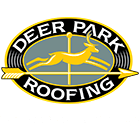
Ice Dams
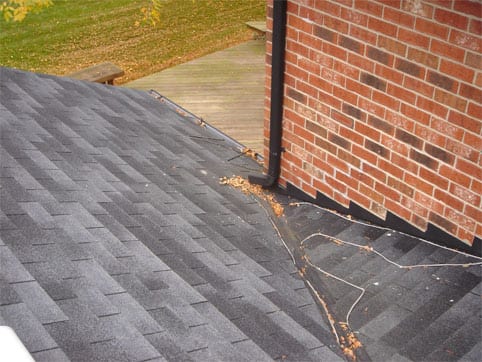

Displaced Insulation
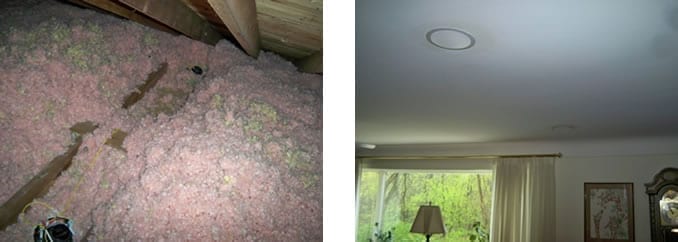

Inefficient Duct Work
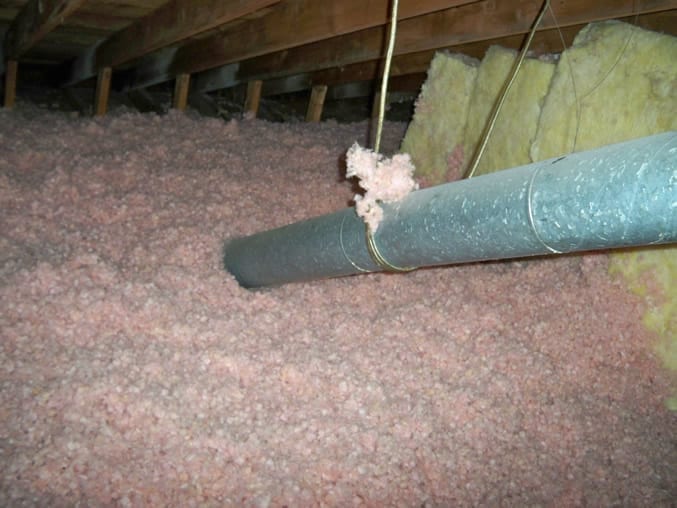
Bathroom Vent causing Ice Dam/Condensation

Cathedral Ceilings
Large Roof Areas emptying into a Small Gutter

Solariums or Three Season Rooms
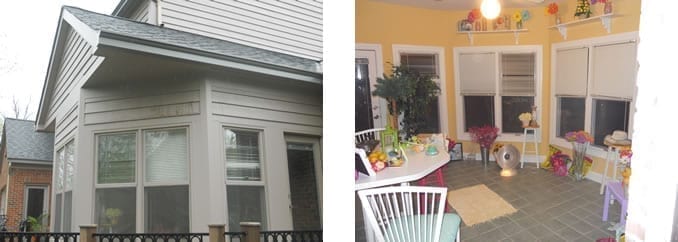










Roof Coatings: The Ultimate Roofing Solution? There are a lot of misconceptions when it comes to roof coatings. Some people think that roof coatings are a layer of paint to make your roof look new, others think it’s a temporary…
Matt Miller
0
If we look at a pie chart of our monthly service requests in Louisville Ky, leaks at roof flashings are the biggest piece of the pie. A poorly installed flashing repair compromises the integrity of the roof. At Deer Park…
dpr-admin
0
Gutters and Downspouts are designed to drain rainwater away from your home or building without causing damage to your foundation, basement, landscaping, or other building materials. An effective gutter and downspout system includes a number of different accessories, including splash…
Matt Miller
0
5 Things to Consider When Replacing the Roof on Your Home Advancements in the residential roofing market have made replacing a roof a once-in-a-lifetime event for many homeowners. Purchasing a new roof is one of the most important home improvements…
Matt Miller
0
Understanding thermal movement in residential metal roof systems is key to long-term performance Roofing contractors often are amazed at the time-tested craftsmanship of sheet-metal systems that are removed from historical structures. It’s not uncommon for some of these systems to…
Matt Miller
0






